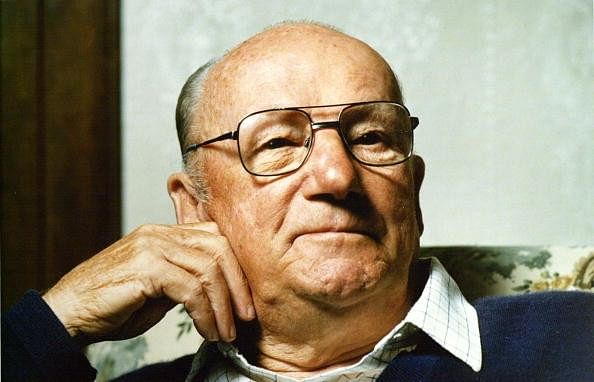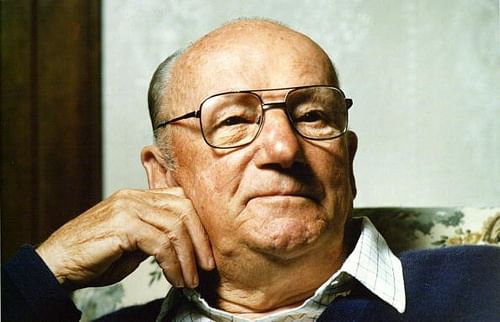
Stats: Donald Bradman's remarkable career in numbers

It’s almost been seven decades since his retirement but seldom has any other player had as astounding an impact on the game as a certain Donald George Bradman did. The numbers do justice to this claim. No one in the 137-year history of cricket has come close to matching Bradman's Test batting average of 99.94, and no one is likely to in the centuries to come.
'The run-making machine,' as he would become known in his later life, showed talent throughout his younger years, scoring his first century in the Bowral High School cricket team while still only twelve. At 17, he was a regular player for the Bowral senior team and during the 1925-26 season, he made 1318 runs in 23 innings. He then progressed on to playing cricket for Sydney's St. George Club at a first-grade level until he was selected in 1927 to join the New South Wales team.
As aforementioned, his average, which is 64% better than the next-best (with a cut-off of 2000 runs), make him stand out amongst his contemporaries and players from the corresponding generations. Eric Hollies might have denied him the four runs required for a perfect average of 100, but his run tally of 6,996 was nonetheless remarkable for an era in which cricket was an occasion, not a commodity, and scheduling was determined by handshake agreements rather than inflexible broadcast contracts.
Bradman's first-class tally of 28,067 is also awe-inspiring, which included his then-world record highest score of 452 not out. Bradman also held the record for the highest 5th wicket (405 runs with Sid Barnes) and 6th wicket (346 with Jack Fingleton) partnership in Test matches.
He remains the only batsman to have scored six consecutive centuries. He even had an astonishing conversion rate from 50 to 100 which is like 69.05%. He even holds the record for the highest partnership for any wicket by Australia against all countries, established with Bill Ponsford at The Oval in 1934 (451 for the second wicket).
Bradman crossed the 200 mark twelve times in his Test career. Interestingly, he played for such a short period of time and yet holds that record till date. And, since at his time, the majority of the matches were played between Australia and England, he remains the only player in the world to have scored 5000 runs against a single opposition (5028 against England).
He also happens to be the only batsman to have scored six consecutive centuries. Bradman converted seven centuries in a row into 150s between 1931 and 1937, another record that hasn’t been matched till date.
Bradman's stats are even more remarkable because of the eight years he lost due to the War. His ill health meant he might not have played too much cricket during this period anyway, but when international cricket resumed in 1946, he was able to summon his best immediately: in his first innings he scored 187 in Brisbane against England, and followed that up with 234 in the next Test, in Sydney.
All epilogues about the great man document his failures in his first (18 and 1) and last Tests (0), but it is much less well-known that Bradman holds the Australian records for most runs in both his second Test and in his second-last Test. In his second Test he scored 191 runs (79 and 112 ) at the MCG in 1928, ahead of Ross Edwards’ 183 at Nottingham in 1972, while his 206 runs at Leeds in 1948 (33 and 173*) in his second-last Test is better than Bill Ponsford’s 181 at the Oval in 1934.